When it comes to towing, Ford’s F-Series trucks are like the rock stars of the road—reliable, powerful, and always ready to perform. But choosing between the F-150 and the F-250? That’s where things get tricky. It’s like deciding between a Swiss Army knife and a sledgehammer—both are useful, but they’re built for very different jobs. Whether you’re hauling a camper for a weekend getaway or towing a trailer full of construction equipment, understanding the real differences between these two trucks is key.
Renowned automotive expert Edmunds has praised the F-150 for its versatility, while MotorTrend has called the F-250 a “heavy-duty beast.” Even Popular Mechanics has weighed in, highlighting the F-Series as a leader in towing innovation. But what does this mean for you? Let’s break it down.
Light vs Heavy-Duty: What’s the Big Deal?
What Defines a Light-Duty Truck?
The Ford F-150 is the quintessential light-duty truck. It’s like the friendly neighbor who’s always there to lend a hand—whether you’re moving furniture, hauling a small trailer, or just running errands. Designed for everyday use, the F-150 strikes a balance between power and practicality. It’s fuel-efficient, comfortable, and perfect for homeowners, weekend adventurers, and small business owners who need a reliable workhorse without the bulk.
What Defines a Heavy-Duty Truck?
Now, the F-250? That’s the heavy-duty hero of the Ford lineup. Think of it as the Hulk of trucks—big, strong, and built to handle the toughest jobs. With its reinforced chassis, larger brakes, and sturdier suspension, the F-250 is designed for heavy lifting. Whether you’re towing a massive RV, hauling construction equipment, or running a commercial operation, this truck is up to the task. It’s not just a vehicle; it’s a statement.
Key Differences in Design and Purpose
While both trucks share the Ford DNA, their designs cater to different needs. The F-150 is all about versatility and comfort, with features like a spacious cabin and advanced tech options. The F-250, on the other hand, prioritizes raw power and durability. It’s built to withstand the rigors of heavy-duty work, with features like a high-strength steel frame and enhanced towing capabilities. So, while the F-150 is your go-to for everyday tasks, the F-250 is the ultimate workhorse for serious towing.
Towing Specs Compared
F-150 Towing Capacity
When it comes to towing, the Ford F-150 is no slouch. Depending on the engine, configuration, and towing package, it can haul between 5,000 and 14,000 lbs. That’s enough to pull a decent-sized boat, a camper, or a trailer full of gear for your next adventure. Think of it as the Swiss Army knife of trucks—versatile, reliable, and ready for almost anything you throw at it. But let’s be real, if you’re planning to tow a small house, you might want to keep reading.
F-250 Towing Capacity
Enter the Ford F-250, the Hercules of the truck world. With a towing capacity of up to 22,000 lbs, this beast is built for the heavy stuff. Whether you’re hauling a massive RV, construction equipment, or a trailer that could double as a small apartment, the F-250 has got your back. It’s like the F-150’s big brother who hits the gym every day and can bench press a small car. If your towing needs are more “industrial” than “weekend warrior,” this is your truck.
Engine Options and Performance
The F-150 offers a range of engines, from a turbocharged V6 to a beefy V8, giving you options depending on your needs. It’s like choosing between a sports car and a muscle car—both are great, but one’s a bit more fun when you hit the gas. On the other hand, the F-250 comes with a turbocharged diesel engine or a high-output gas engine, delivering the kind of torque that makes you feel like you could pull the moon out of orbit. It’s not just about power; it’s about having the right tool for the job. And if that job involves moving mountains, the F-250 is your pick.
When Do You Need an F-250?
Heavy-Duty Towing Scenarios
If you’re regularly towing loads over 10,000 lbs, the F-250 isn’t just a good idea—it’s a necessity. This truck is built to handle the kind of weight that would make other vehicles cry uncle. Whether you’re hauling a massive RV for a cross-country trip or moving heavy equipment for your business, the F-250’s heavy-duty construction ensures you’ll get there safely and without breaking a sweat. It’s like having a personal bodyguard for your trailer.
Commercial vs Personal Use
For commercial applications like construction, landscaping, or farming, the F-250 is a no-brainer. Its durability and towing capacity make it the MVP of the job site. But if you’re just using it for personal stuff—like towing a boat to the lake or a camper for a weekend getaway—the F-150 is usually more than enough. It’s the difference between hiring a professional mover and asking your buddy with a pickup to help you move. Both can get the job done, but one is definitely more suited for heavy lifting.
Safety and Stability Considerations
When you’re towing heavy loads, safety is paramount. The F-250 comes equipped with advanced towing features like trailer sway control and integrated brake controllers, which help keep everything stable and secure. It’s like having a co-pilot who’s always looking out for you, making sure you don’t end up in a “hold my beer” situation. Because let’s face it, no one wants to be that guy on the highway with a trailer swaying all over the place.
Cost & Fuel Economy Considerations
When deciding between the Ford F-150 and F-250, cost and fuel economy are two of the most important factors to consider. While both trucks are built to handle tough jobs, their price tags and long-term expenses can vary significantly. Let’s break it down.
Initial Purchase Price
The F-250 is undeniably more expensive upfront. Starting prices for the F-250 are around $10,000 higher than the F-150. For example, the base model F-150 starts at approximately $33,000, while the F-250 starts at around $43,000. This price difference reflects the F-250’s heavy-duty construction and enhanced capabilities. If you’re on a budget or don’t need the extra power, the F-150 might be the better choice.
Long-Term Maintenance Costs
Heavy-duty trucks like the F-250 often come with higher maintenance costs. Their complex systems, larger tires, and heavy-duty components require more frequent and expensive upkeep. For instance, diesel engines, which are common in the F-250, need specialized maintenance that can add up over time. On the other hand, the F-150’s lighter build and simpler mechanics make it more affordable to maintain in the long run.
Fuel Efficiency Comparison
Fuel economy is another area where the F-150 shines. With its turbocharged V6 engine, the F-150 can achieve up to 25 MPG on the highway, making it a more economical choice for daily driving. The F-250, especially with its diesel engine, is less fuel-efficient, averaging around 15-20 MPG. However, the F-250’s diesel engine does offer better mileage when towing heavy loads, which can offset some of the costs for those who need its power.
| Feature | F-150 | F-250 |
|---|---|---|
| Starting Price | $33,000 | $43,000 |
| Maintenance Costs | Lower | Higher |
| Fuel Efficiency (Highway) | 25 MPG | 15-20 MPG |
FAQs
Here are some of the most common questions people have when comparing the Ford F-150 and F-250:
Can the F-150 Tow as Much as the F-250?
No, the F-150’s maximum towing capacity is 14,000 lbs, while the F-250 can tow up to 22,000 lbs. If you’re regularly hauling heavy loads, the F-250 is the better option.
Is the F-250 Worth the Extra Cost?
If you need to tow heavy loads regularly, the F-250’s added power and durability justify the higher price. However, for lighter towing needs, the F-150 is more cost-effective.
Which Truck is Better for Daily Driving?
The F-150 is more comfortable and fuel-efficient for daily use, while the F-250 is better suited for heavy-duty tasks. If you’re not towing heavy loads every day, the F-150 is likely the better choice.
Can I Use the F-150 for Commercial Towing?
Yes, the F-150 can handle commercial towing, but the F-250 is better suited for heavy commercial use. The F-250’s robust construction and higher towing capacity make it ideal for demanding jobs.
What are the Key Differences in Engine Options?
The F-150 offers a range of gas engines, including a turbocharged V6 and a powerful V8. The F-250 includes a turbocharged diesel option for added power, making it the go-to choice for heavy towing.
AI Solutions & Top Towing Tips
Imagine a world where your truck doesn’t just tow—it thinks, adapts, and optimizes every mile of the journey. That’s the promise of AI in the towing industry. From real-time load analysis to predictive maintenance, artificial intelligence is poised to revolutionize how we tow. Let’s explore how AI could transform the Ford F-150 and F-250 into smarter, safer, and more efficient machines.
How AI Could Revolutionize Towing
AI can analyze real-time data on load weight, road conditions, and vehicle performance to optimize towing. For instance, an AI-powered system could adjust engine output, braking, and suspension to ensure safe and efficient towing. Companies like Tesla are already using AI to enhance vehicle performance, and Ford could follow suit. Imagine your truck automatically adjusting its torque distribution when climbing a steep hill or reducing speed in slippery conditions—all without you lifting a finger.
AI-Driven Towing Recommendations
An AI system could recommend the best truck for your needs based on your towing history, budget, and preferences. It could also suggest the most fuel-efficient routes and driving techniques. For example, if you’re planning a cross-country trip with a heavy trailer, the AI could analyze traffic patterns, weather forecasts, and fuel station locations to create the optimal route. This kind of technology is already being developed by companies like Google Maps and Waze, but integrating it into your truck’s system would take it to the next level.
Step-by-Step AI Solutions
- Data Collection: Gather data on load weight, vehicle specs, and road conditions using sensors and GPS.
- Analysis: Use AI algorithms to determine optimal towing settings, such as engine output and braking force.
- Implementation: Adjust engine, braking, and suspension systems in real-time to ensure safe and efficient towing.
- Feedback: Continuously monitor performance and make adjustments as needed, creating a feedback loop for continuous improvement.
Action Schedule/Roadmap
Here’s a detailed roadmap for implementing AI-powered towing solutions, inspired by the meticulous planning of the Manhattan Project but tailored for today’s technology:
Day 1: Research and Data Collection
- Assemble a team of AI experts, engineers, and data scientists.
- Gather data on F-150 and F-250 towing specs, including engine performance, braking systems, and suspension.
- Identify key performance metrics, such as fuel efficiency, load capacity, and safety features.
Week 1: Develop AI Algorithms
- Collaborate with AI experts to create algorithms for towing optimization.
- Use machine learning models to analyze historical towing data and predict optimal settings.
- Partner with universities like MIT or Stanford for advanced research and development.
Month 1: Prototype Testing
- Test AI systems in real-world towing scenarios using both F-150 and F-250 trucks.
- Collect data on performance, safety, and user experience.
- Iterate on the algorithms based on feedback and test results.
Year 1: Launch AI-Powered Towing Assist
- Integrate AI systems into Ford trucks, starting with the F-150 and F-250.
- Launch a marketing campaign to educate consumers on the benefits of AI-powered towing.
- Offer training sessions for dealerships and service centers to ensure proper implementation.
Year 2: Continuous Improvement
- Collect user feedback and refine AI algorithms to improve performance and safety.
- Expand AI-powered towing features to other Ford models, such as the F-350 and F-450.
- Explore partnerships with other industries, such as construction and logistics, to further enhance AI applications.
Making the Right Choice for Your Towing Needs
Choosing between the Ford F-150 and F-250 isn’t just about horsepower or towing capacity—it’s about finding the right tool for your lifestyle. The F-150 is a versatile, fuel-efficient option for everyday use, perfect for weekend adventurers and small business owners. On the other hand, the F-250 is a heavy-duty powerhouse, built to handle the toughest jobs with ease. Whether you’re hauling a camper, a boat, or a trailer full of equipment, understanding the differences in towing capacity, cost, and performance is crucial.
As technology continues to evolve, the future of towing looks brighter than ever. With AI-powered systems on the horizon, trucks like the F-150 and F-250 could become even smarter, safer, and more efficient. Imagine a world where your truck not only tows but also thinks, adapts, and optimizes every mile of the journey. That’s the promise of innovation—and it’s closer than you think.
So, what’s your next move? Will you stick with the tried-and-true F-150, or step up to the heavy-duty F-250? Whatever you choose, remember that the right truck can make all the difference. And who knows? With AI on your side, the road ahead might just be smoother than you ever imagined.
FAQs
1. What is the maximum towing capacity of the Ford F-150?
The Ford F-150 can tow up to 14,000 pounds when properly equipped. This makes it a great choice for hauling boats, campers, and smaller trailers. For more details, check out the official Ford F-150 website.
2. How does the F-250 compare in towing capacity?
The Ford F-250 is a heavy-duty truck with a towing capacity of up to 22,000 pounds. It’s designed for heavy loads like large RVs, construction equipment, and commercial trailers. Learn more on the Ford Super Duty page.
3. Is the F-250 worth the extra cost over the F-150?
If you regularly tow heavy loads or use your truck for commercial purposes, the F-250’s added power and durability make it worth the higher price. For everyday towing and personal use, the F-150 is often more than enough.
4. Which truck is better for daily driving?
The F-150 is more comfortable and fuel-efficient for daily driving, thanks to its lighter frame and range of engine options. The F-250, while powerful, is better suited for heavy-duty tasks and may feel less nimble on regular roads.
5. What are the key differences in engine options between the F-150 and F-250?
The F-150 offers a variety of gas engines, including a turbocharged V6 and a V8. The F-250, on the other hand, includes a turbocharged diesel engine option, which provides exceptional torque for heavy towing. Explore the specs on the Ford Trucks website.
6. Can the F-150 handle commercial towing?
While the F-150 can handle some commercial towing, the F-250 is better suited for heavy-duty commercial use due to its reinforced chassis and higher towing capacity.
7. How does fuel economy compare between the F-150 and F-250?
The F-150 is generally more fuel-efficient, especially with its turbocharged V6 engine. The F-250’s diesel engine offers better mileage when towing but is less efficient overall for everyday driving.
8. What safety features are available for towing with these trucks?
Both the F-150 and F-250 come with advanced towing features like trailer sway control, integrated brake controllers, and blind-spot monitoring. These features ensure safer towing experiences. For more details, visit the Ford Technology page.
9. Can I upgrade the towing capacity of the F-150?
Yes, the F-150’s towing capacity can be maximized with the right configuration, including the appropriate engine, towing package, and hitch setup. However, it will still not match the F-250’s maximum capacity.
10. What are the long-term maintenance costs for the F-150 vs F-250?
The F-250 typically has higher maintenance costs due to its heavy-duty components and complex systems. The F-150, being a light-duty truck, is generally more affordable to maintain over time.
11. Are there any AI features in these trucks to assist with towing?
While Ford trucks don’t yet have fully integrated AI systems, features like Pro Trailer Backup Assist and adaptive cruise control use advanced technology to make towing easier. Learn more about Ford’s driver-assist technologies.
12. Which truck is better for off-road towing?
The F-250’s heavy-duty construction and robust suspension make it better suited for off-road towing in challenging terrains. However, the F-150’s off-road packages, like the FX4, also perform well in moderate off-road conditions.
13. Can I use the F-150 for towing a fifth-wheel trailer?
Yes, the F-150 can tow a fifth-wheel trailer, but it’s important to ensure the trailer’s weight is within the truck’s towing capacity. The F-250 is a better choice for larger fifth-wheel trailers due to its higher capacity.
14. What’s the difference in payload capacity between the F-150 and F-250?
The F-250 has a significantly higher payload capacity compared to the F-150, making it ideal for carrying heavy cargo in addition to towing. Check the specifications for exact numbers.
15. How do I decide which truck is right for me?
Consider your towing needs, budget, and daily driving habits. If you need a versatile, fuel-efficient truck for light to moderate towing, the F-150 is a great choice. For heavy-duty towing and commercial use, the F-250 is the better option.
Wait! There's more...check out our gripping short story that continues the journey: A Man Alive with Intention
Disclaimer: This article may contain affiliate links. If you click on these links and make a purchase, we may receive a commission at no additional cost to you. Our recommendations and reviews are always independent and objective, aiming to provide you with the best information and resources.
Get Exclusive Stories, Photos, Art & Offers - Subscribe Today!
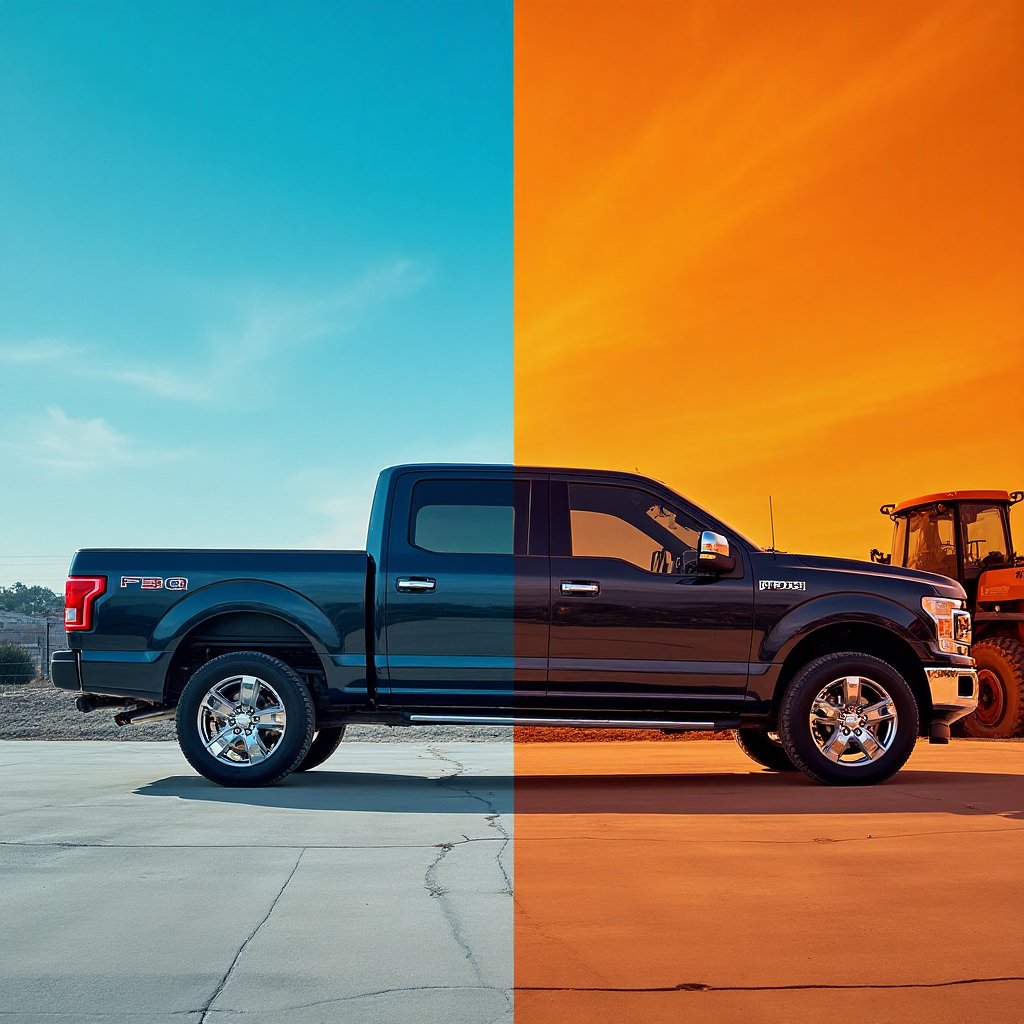
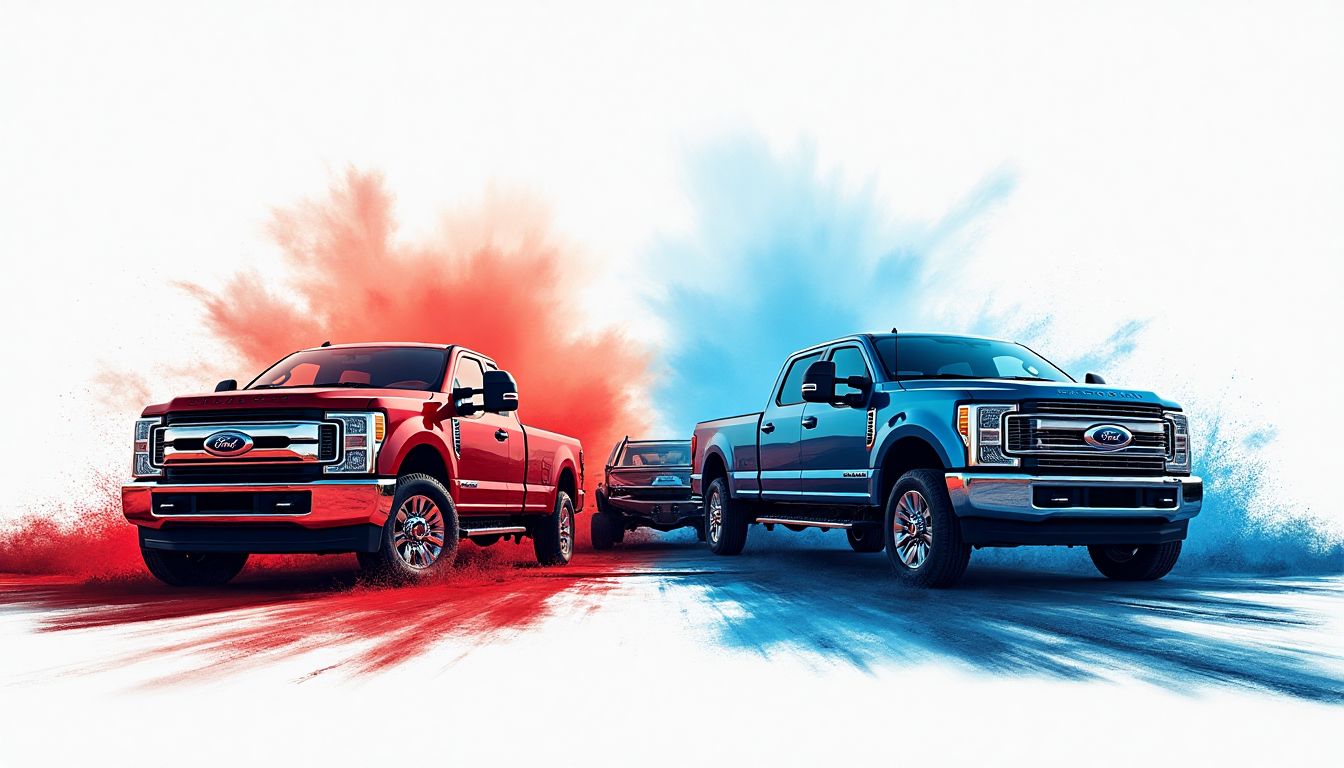
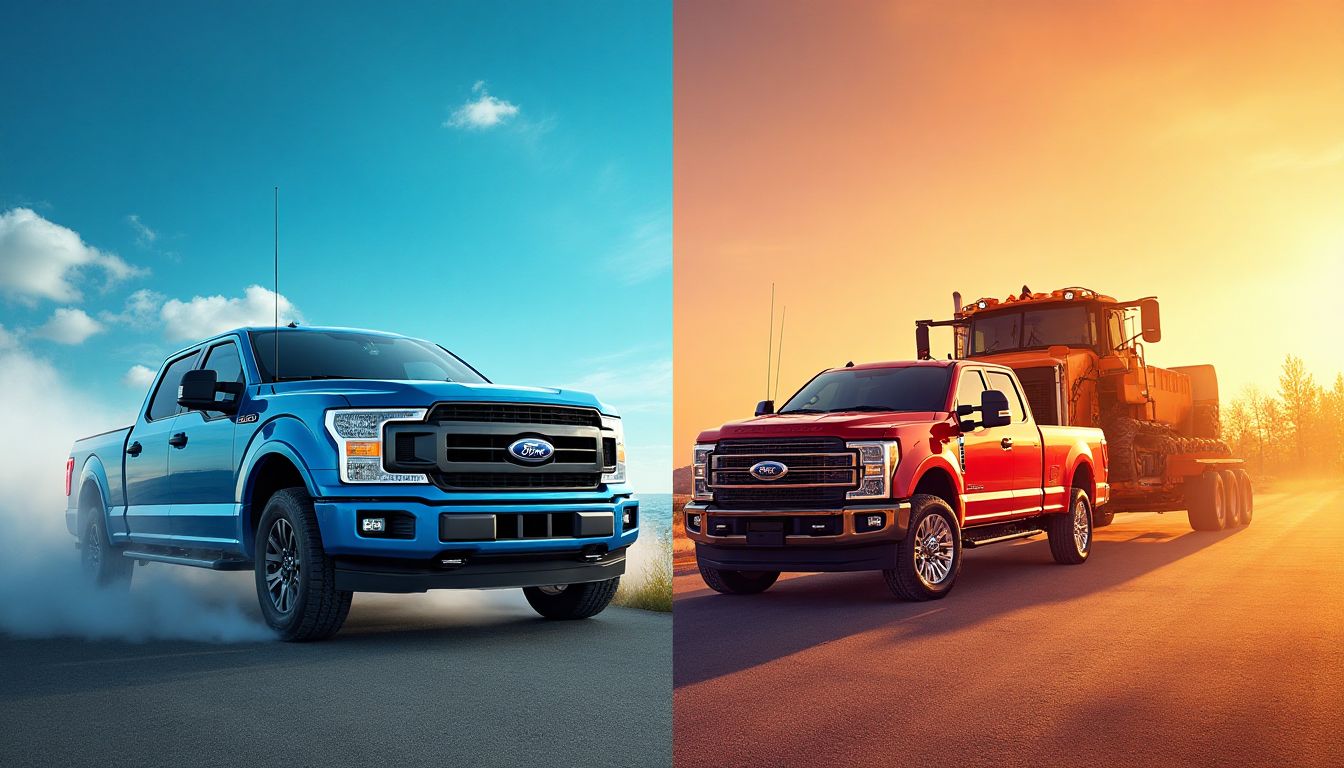
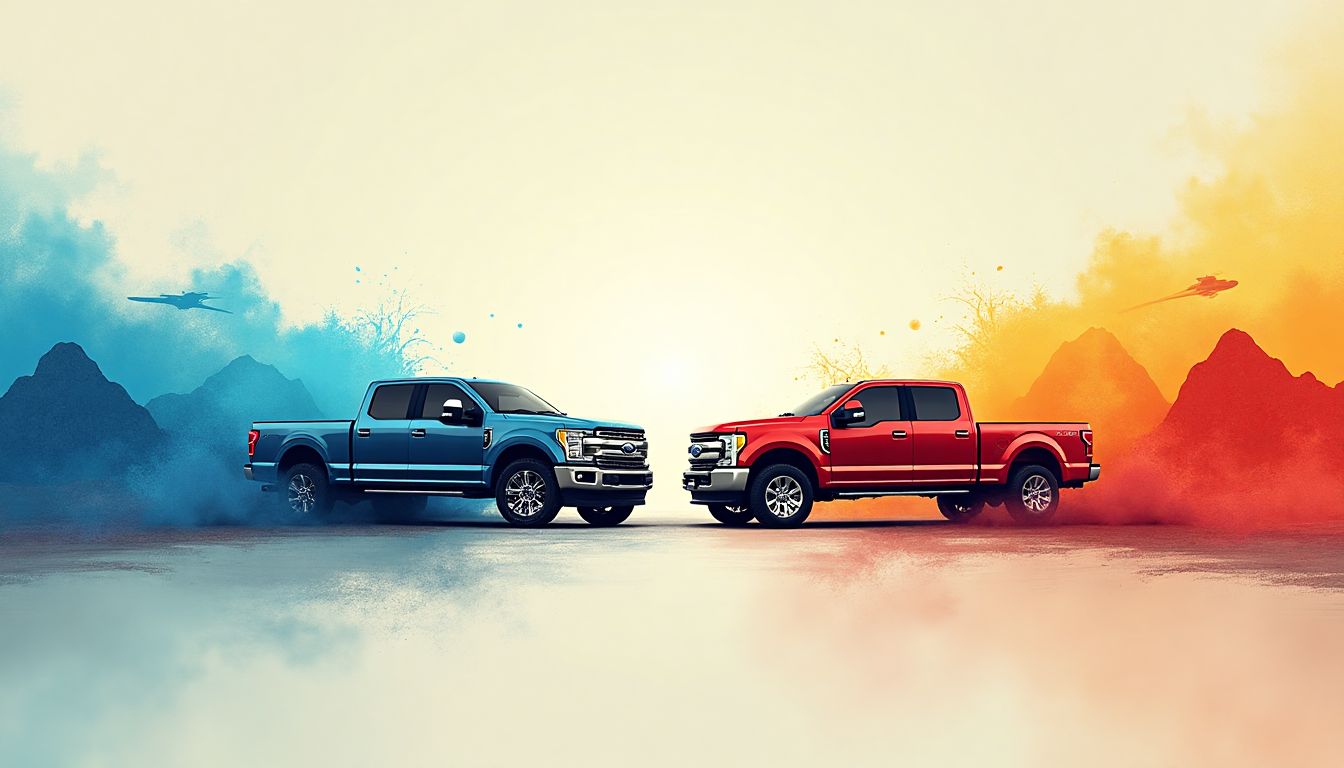
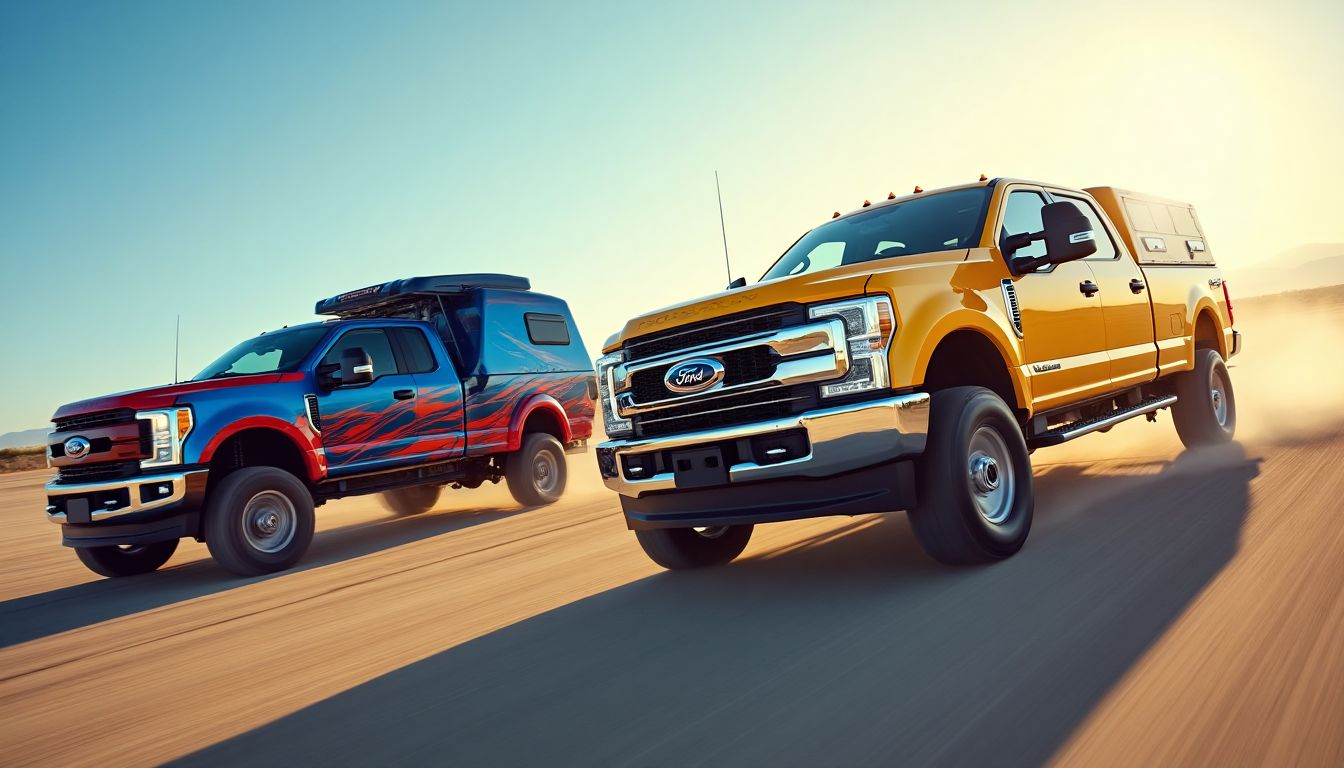



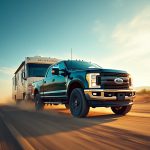

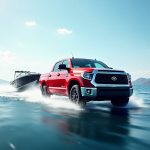
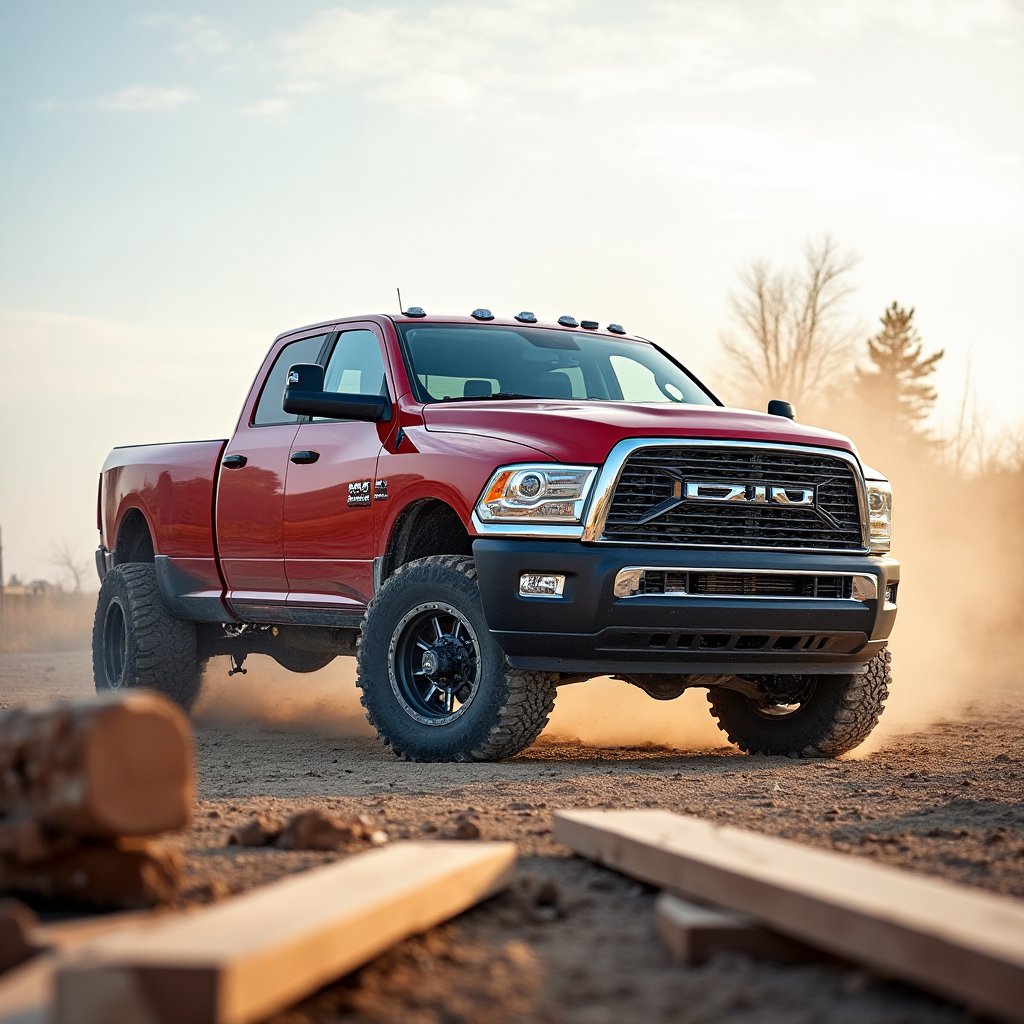
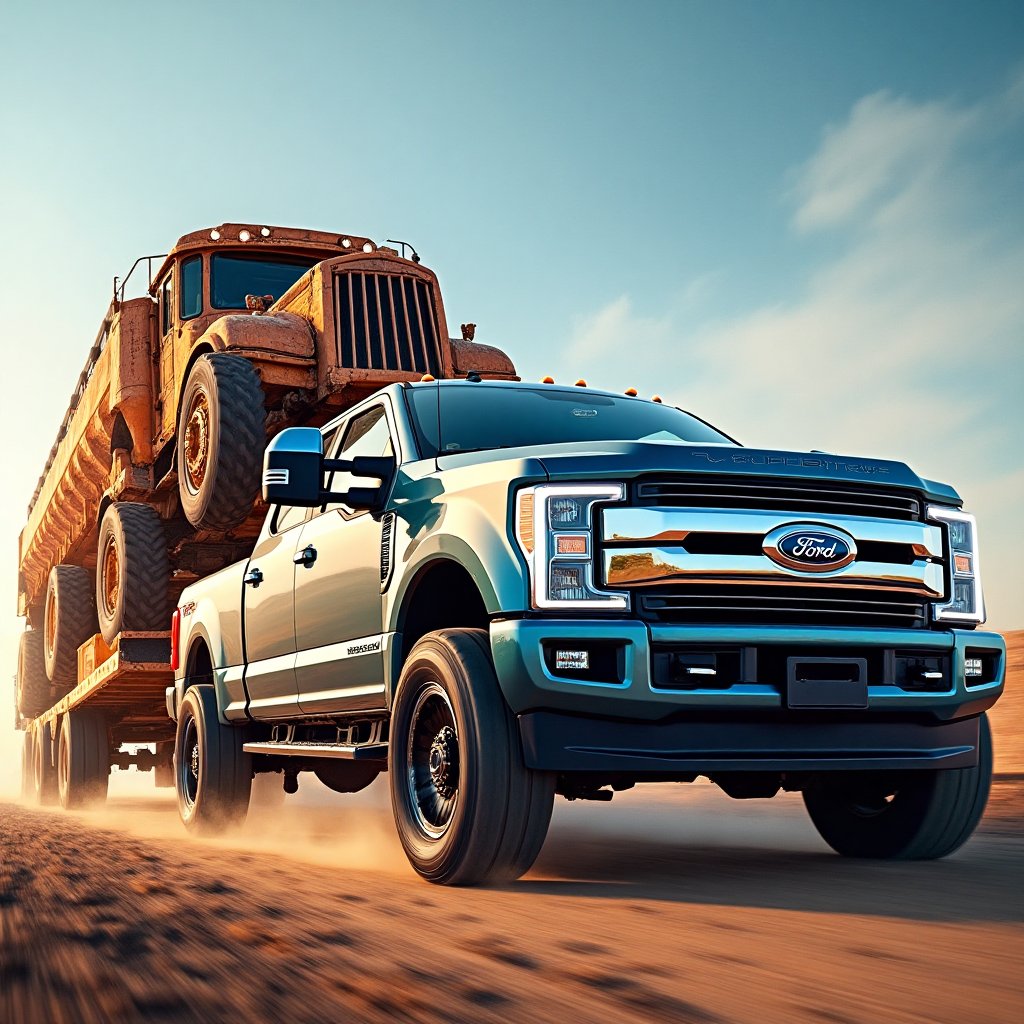
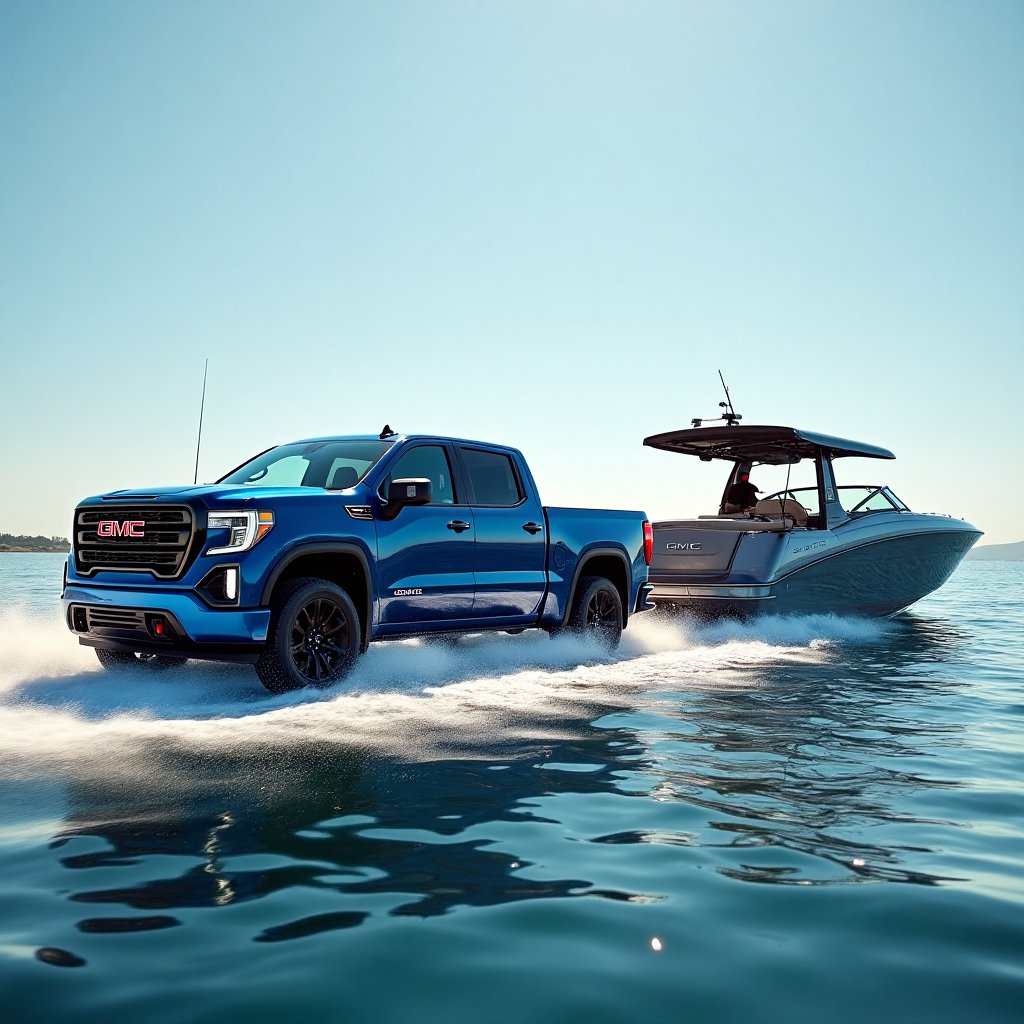















Post Comment
You must be logged in to post a comment.